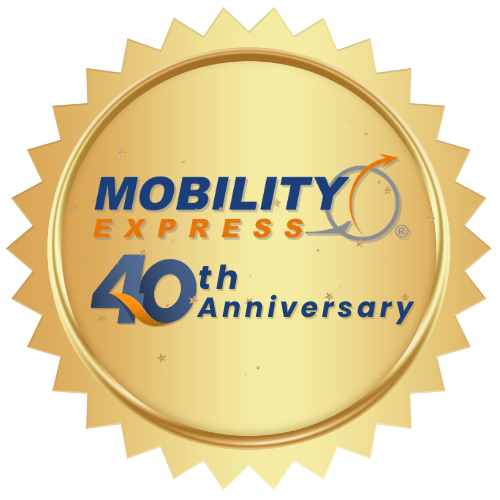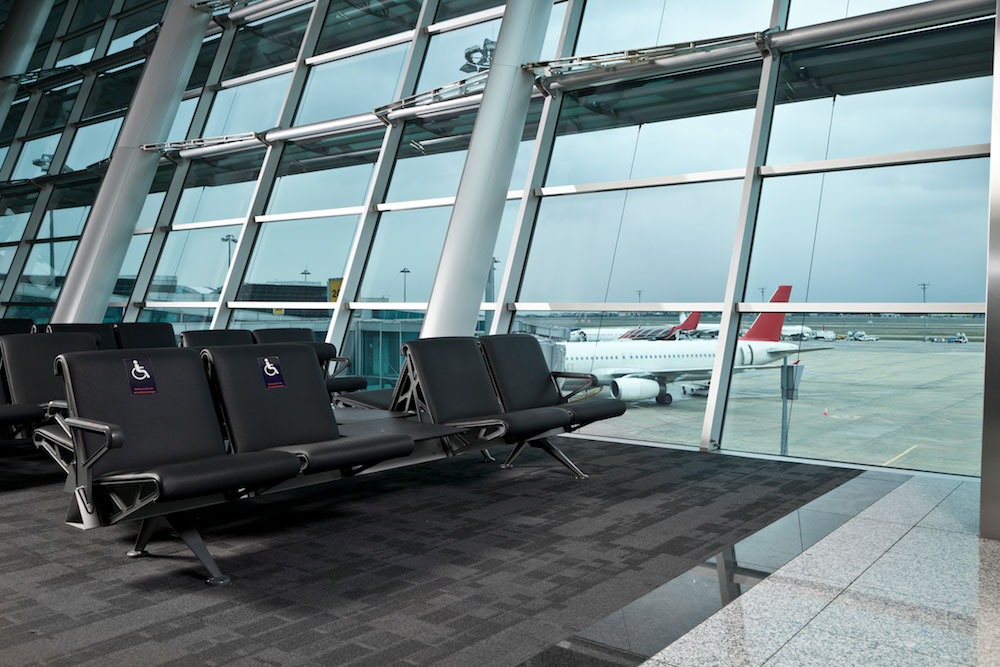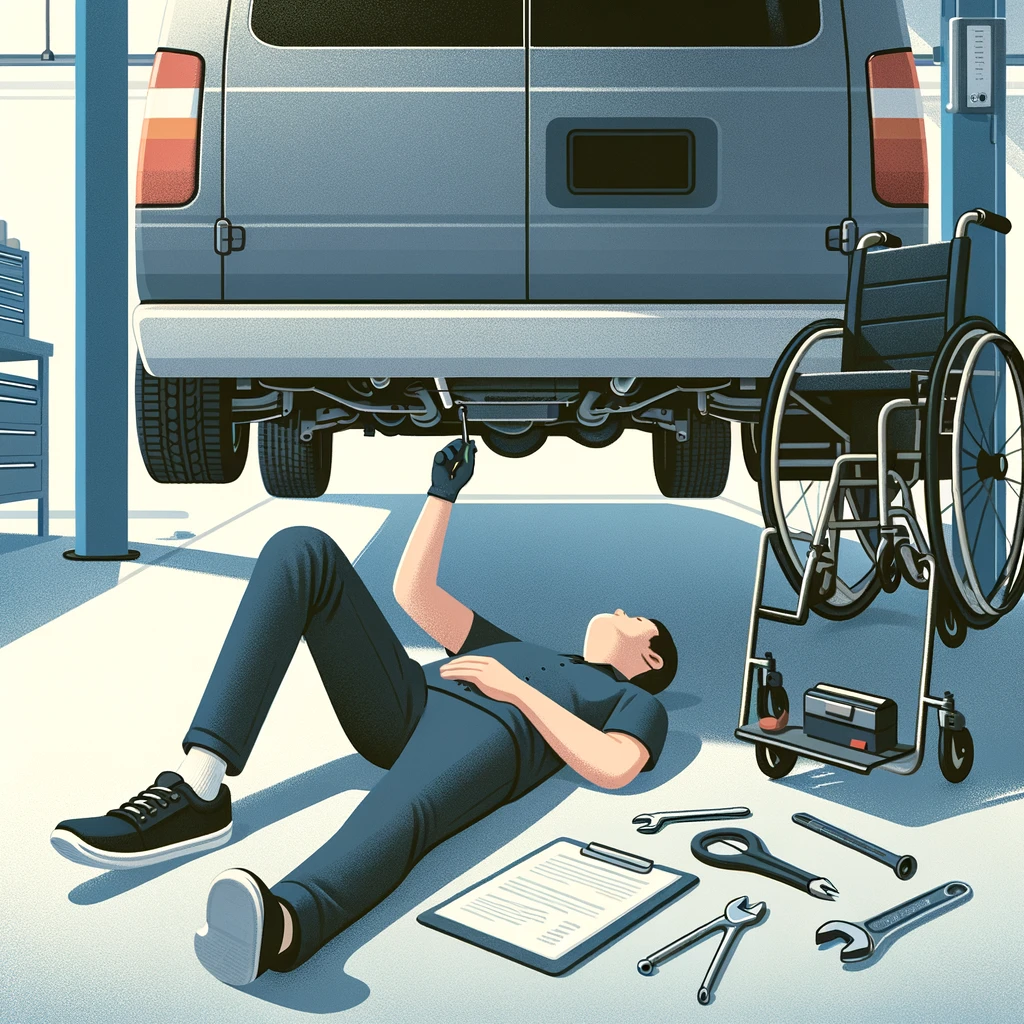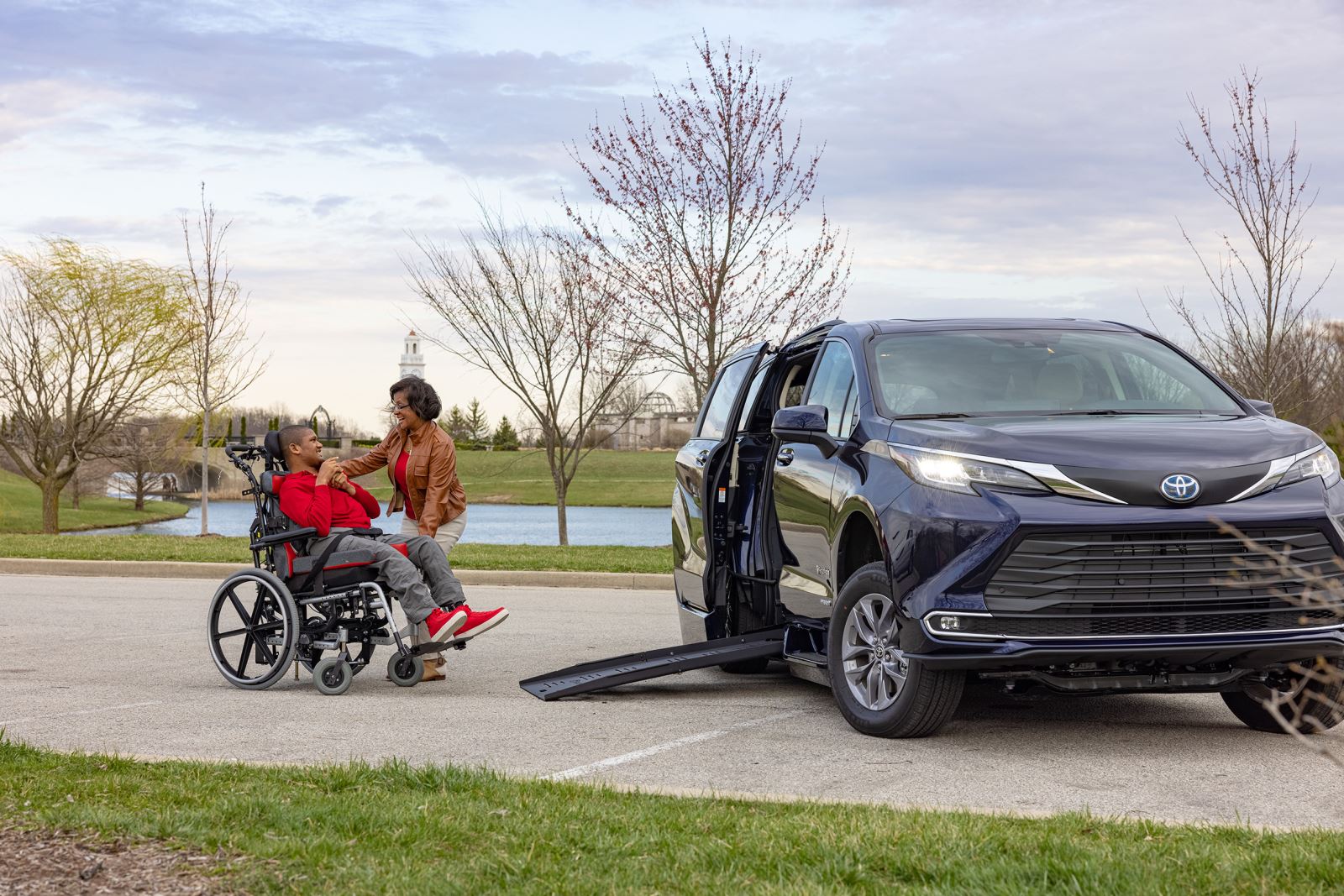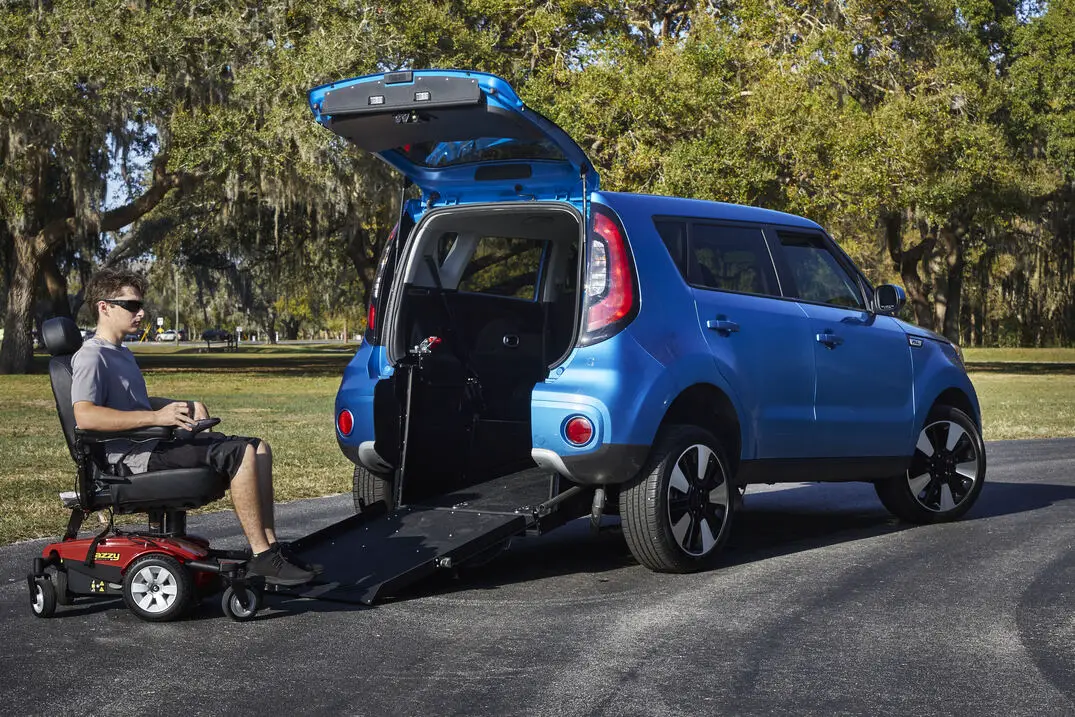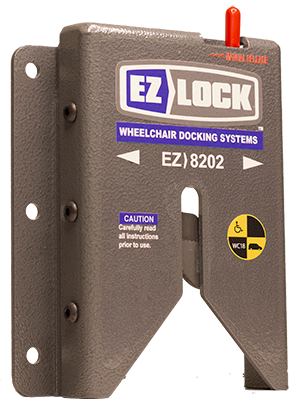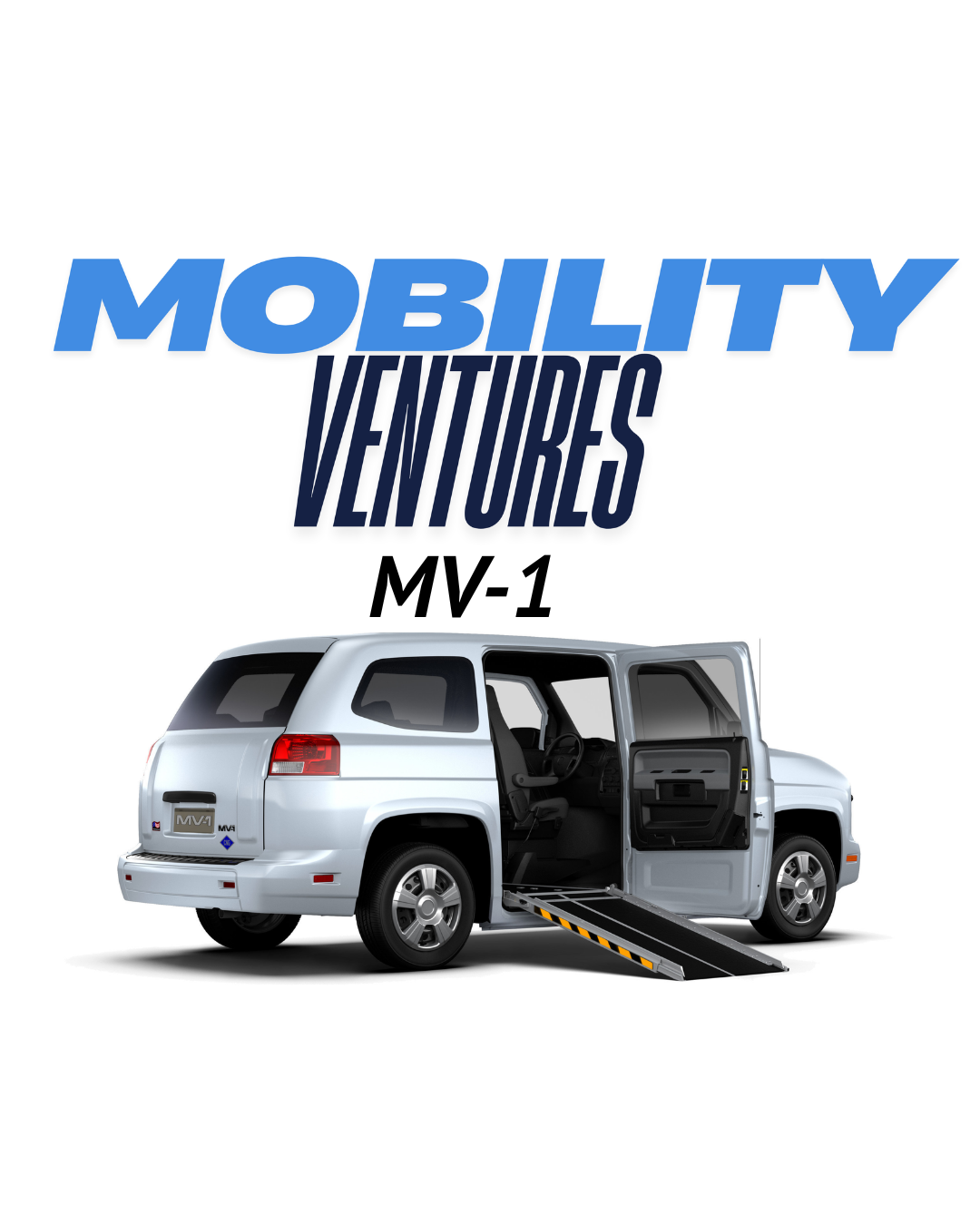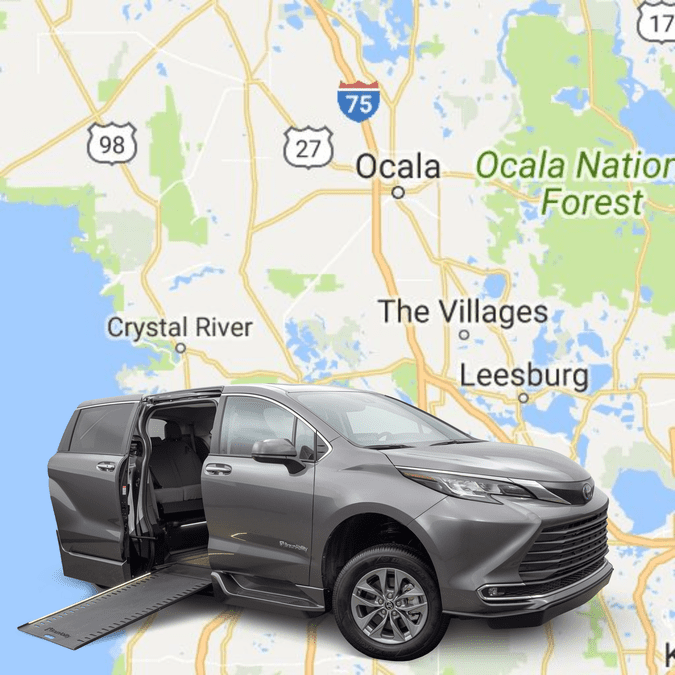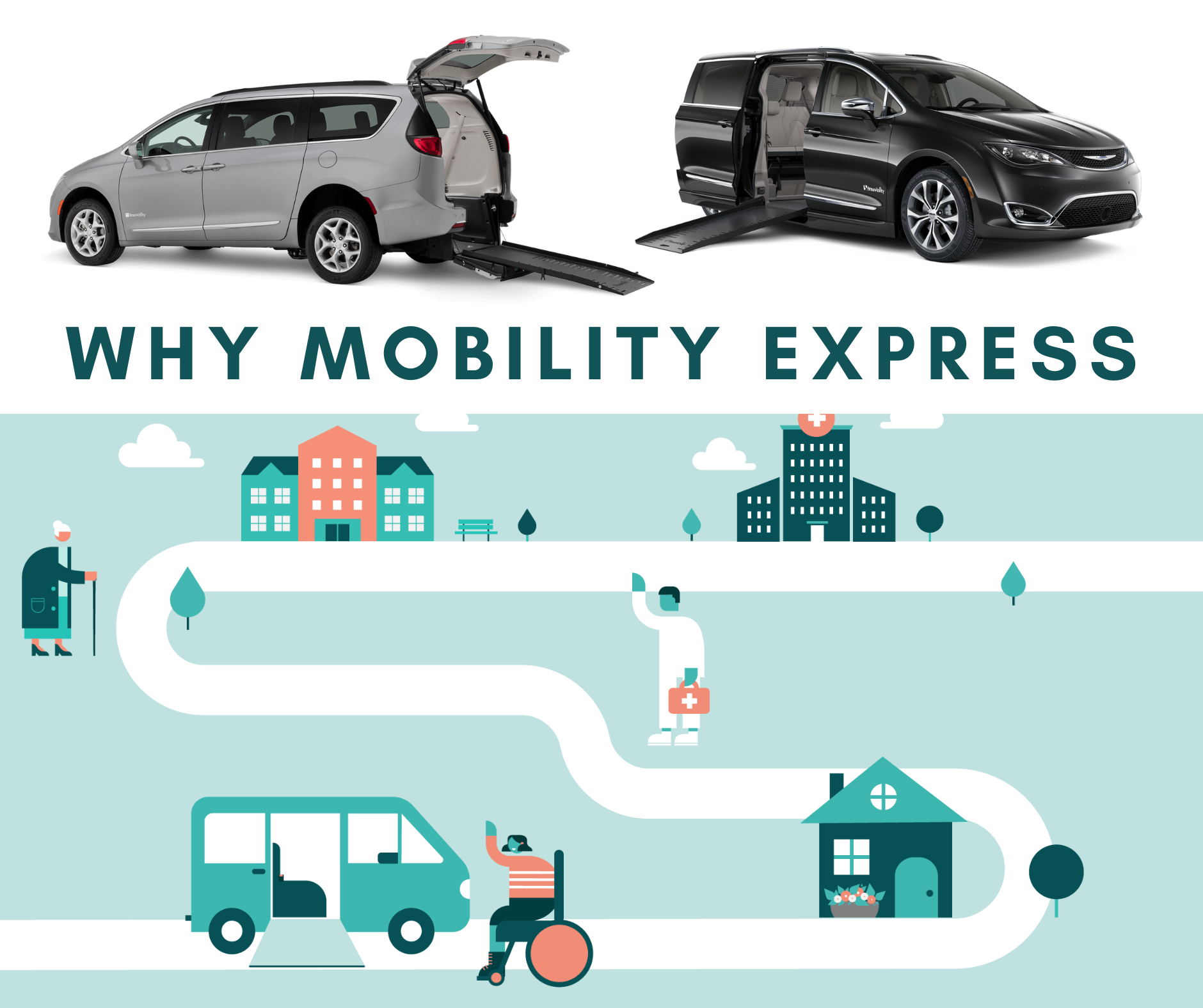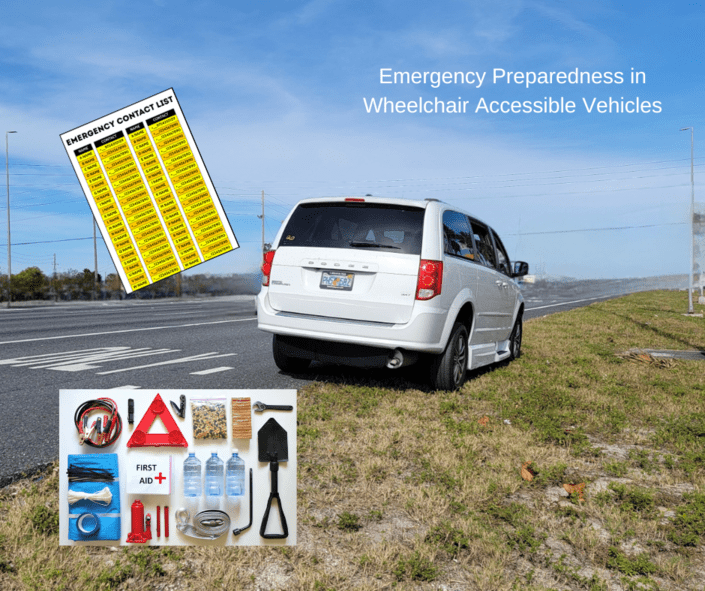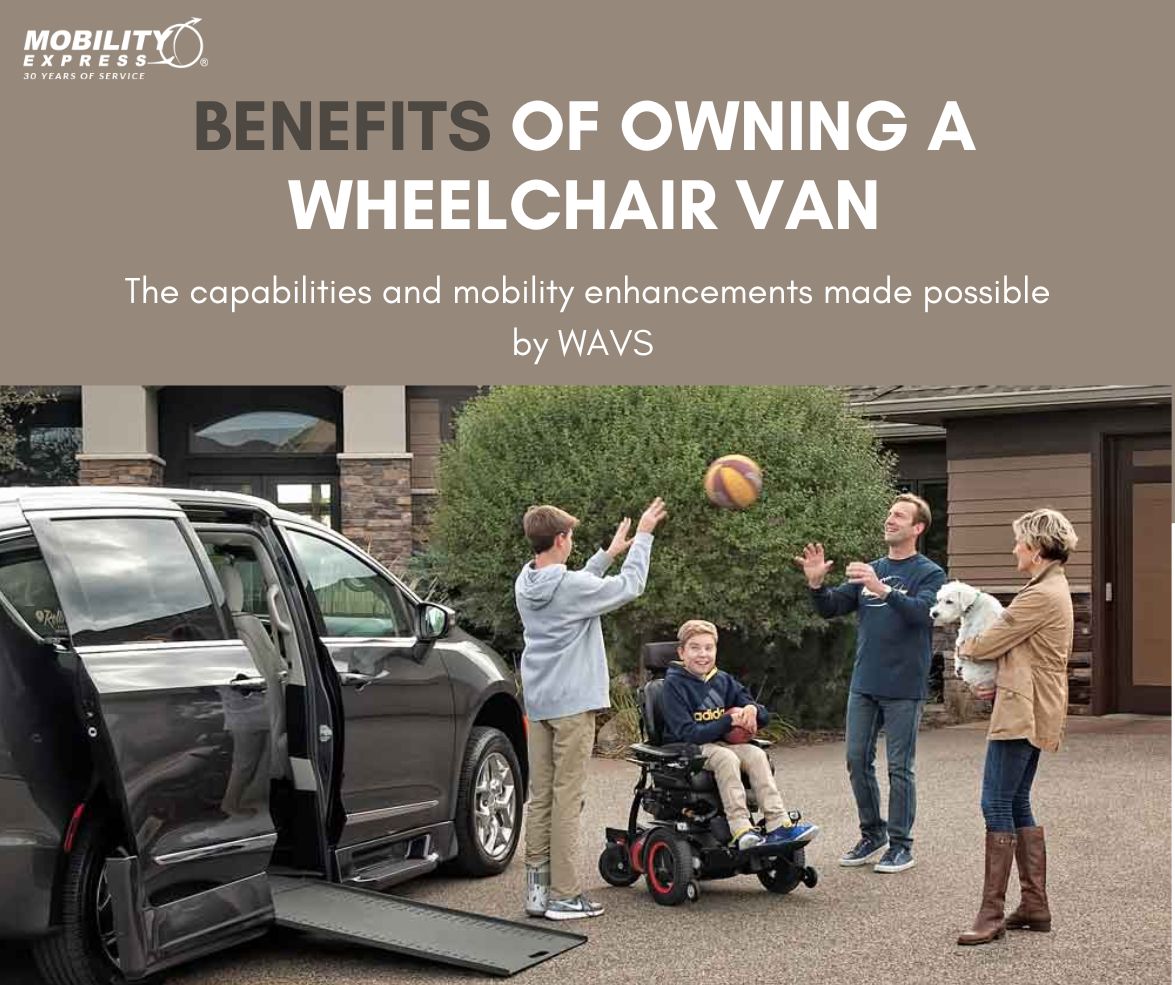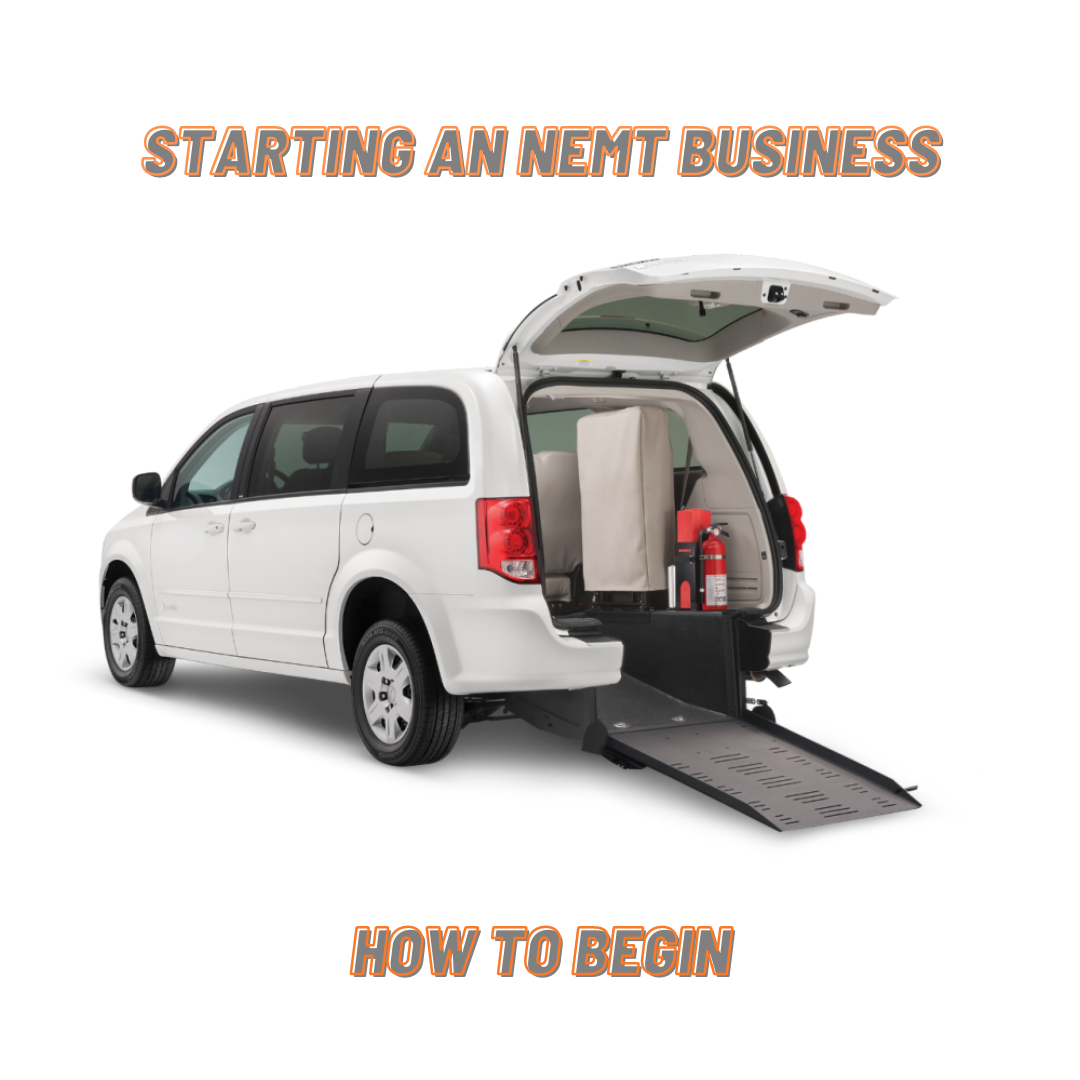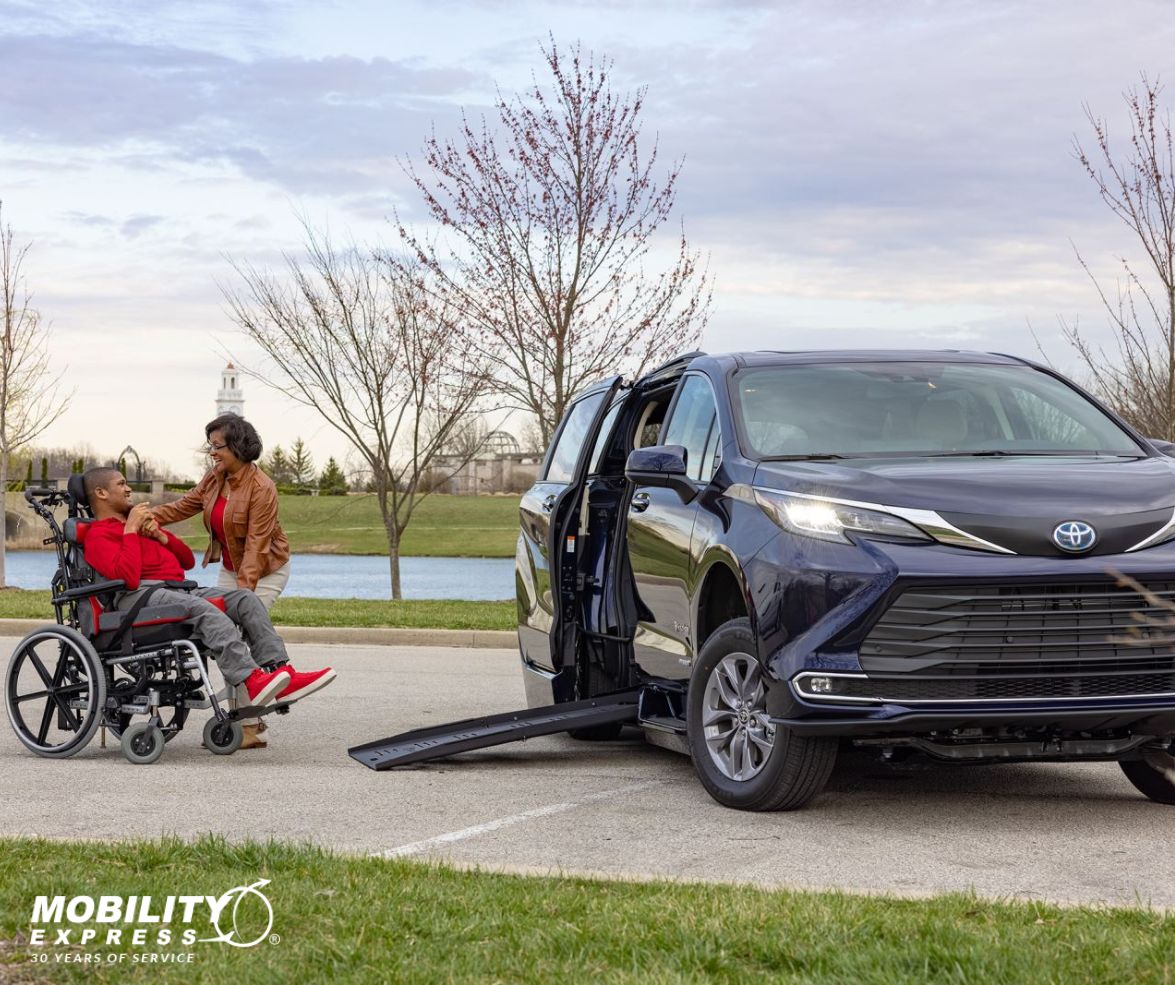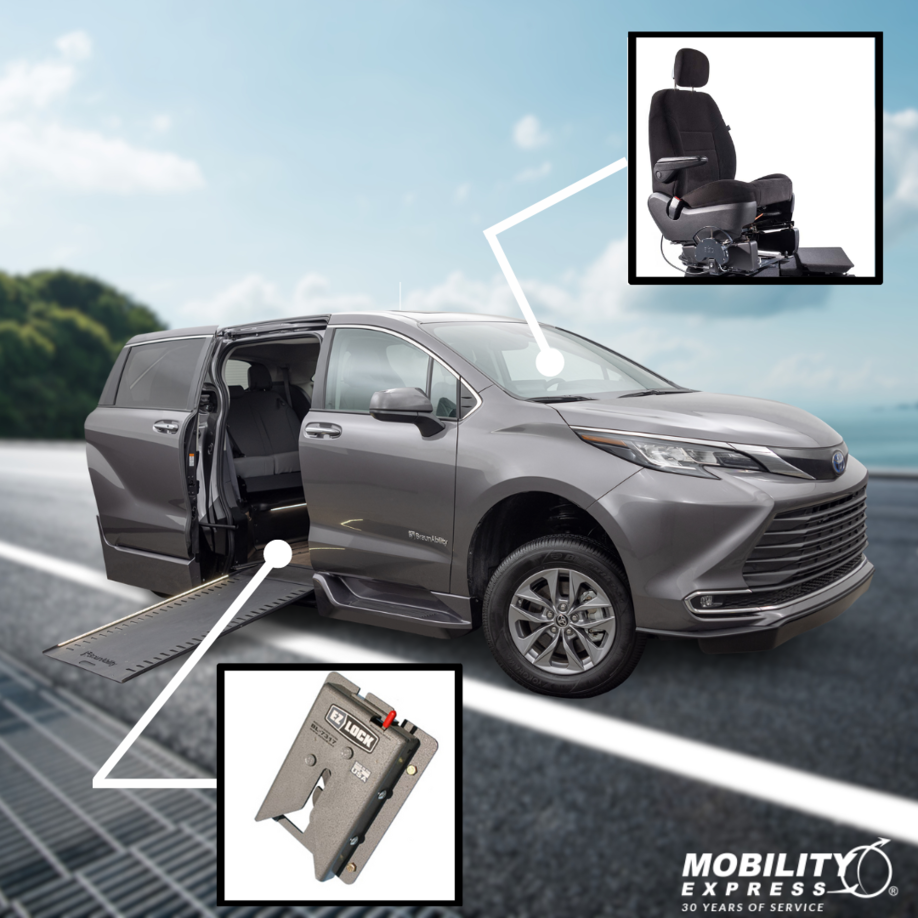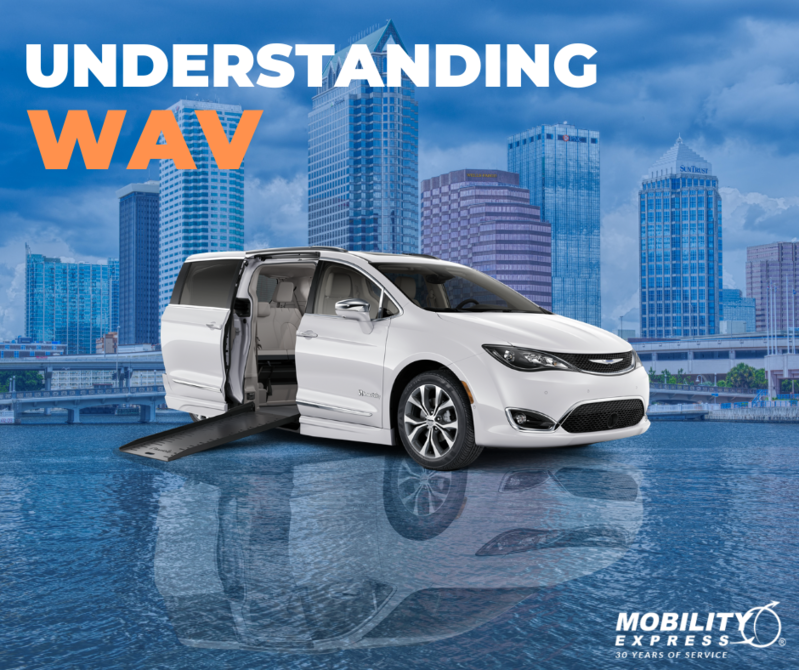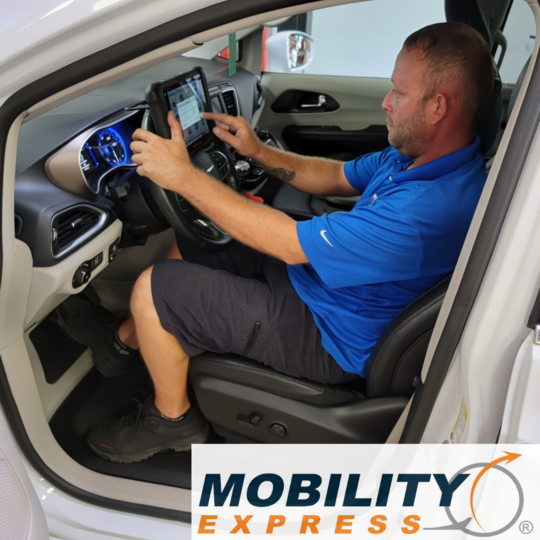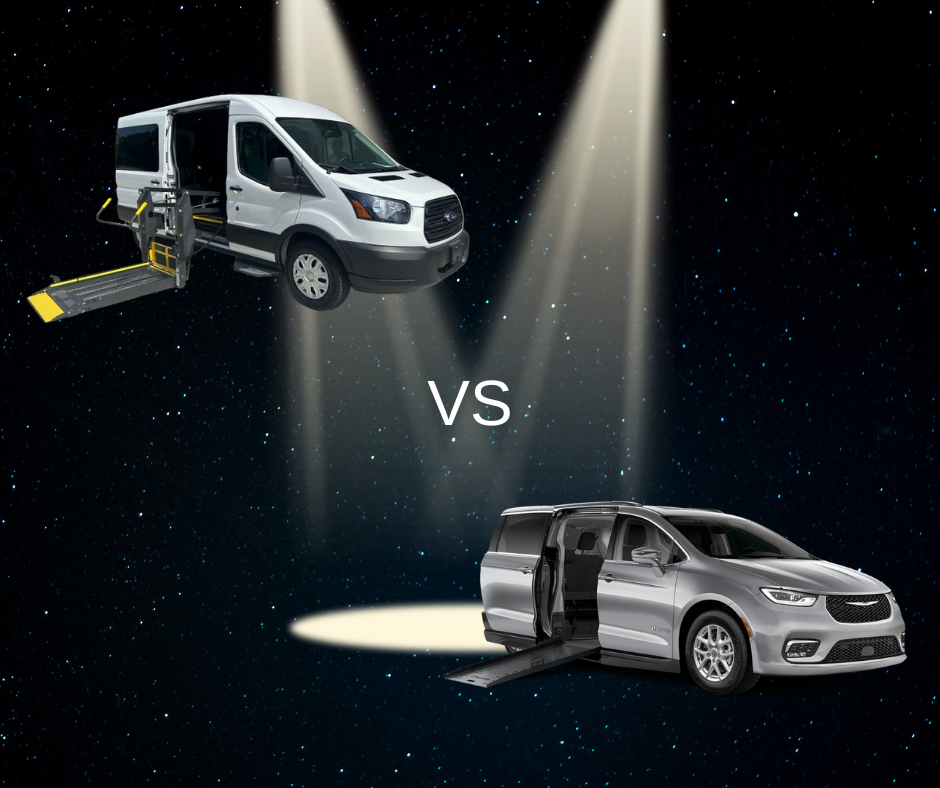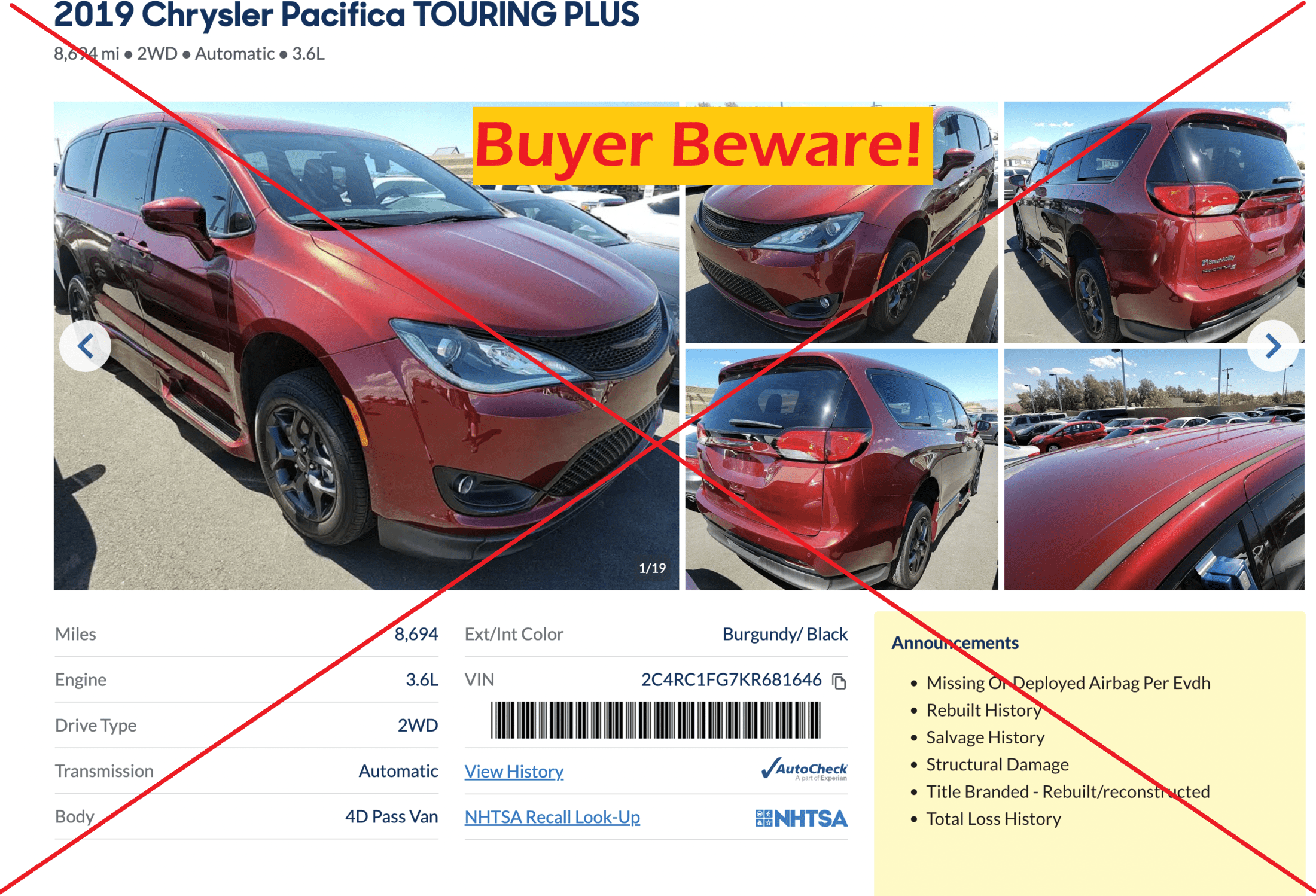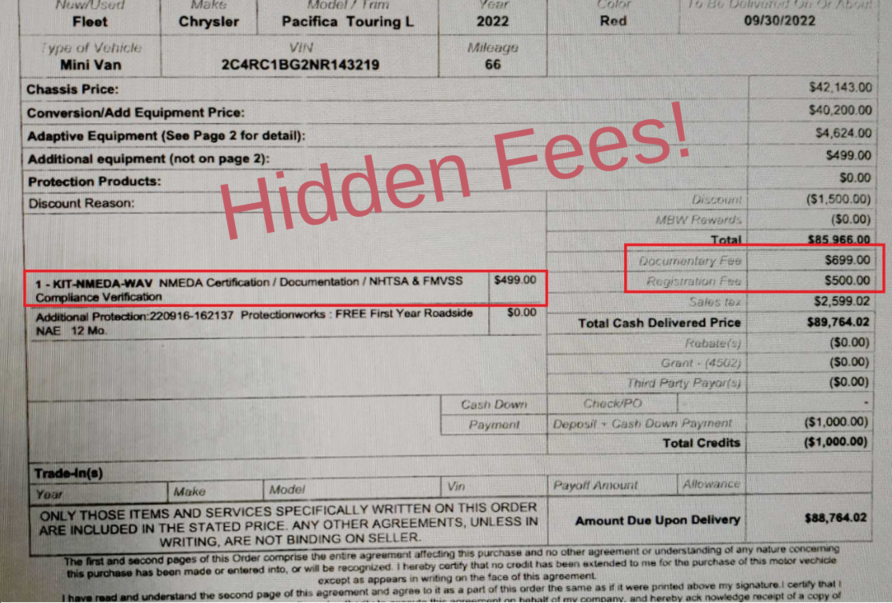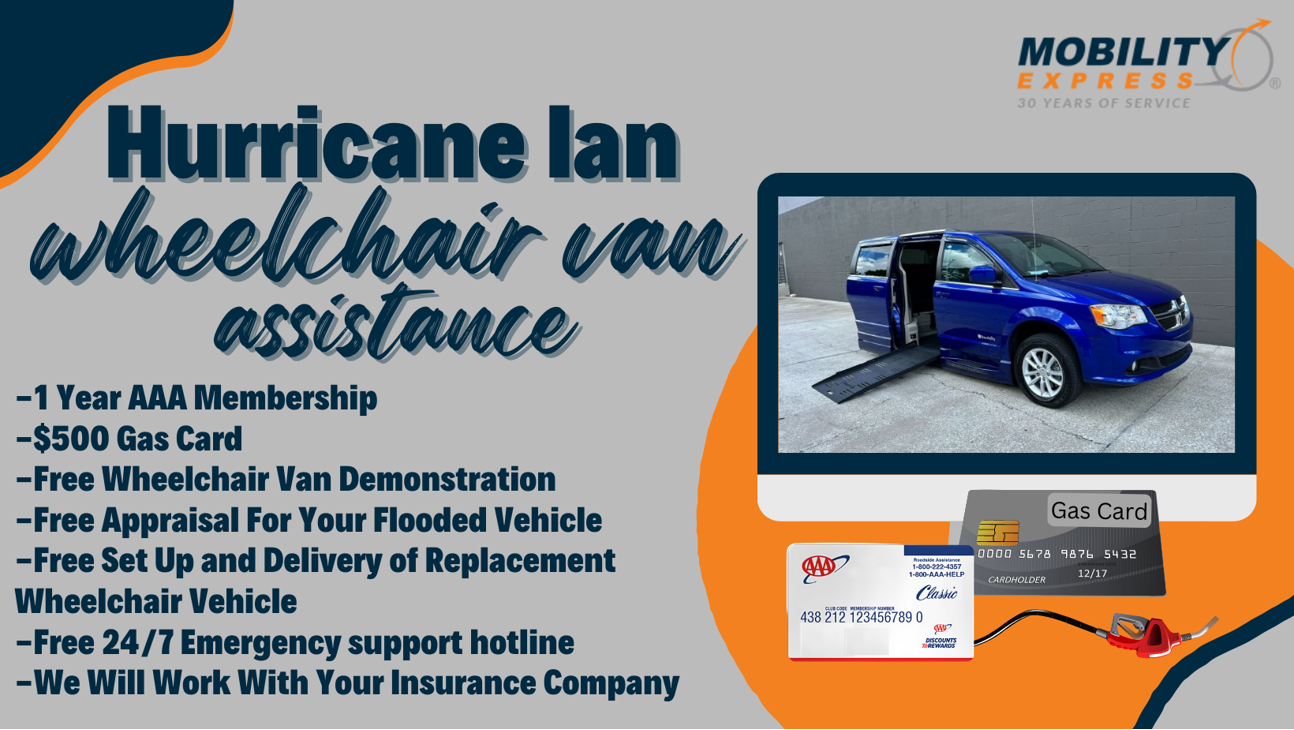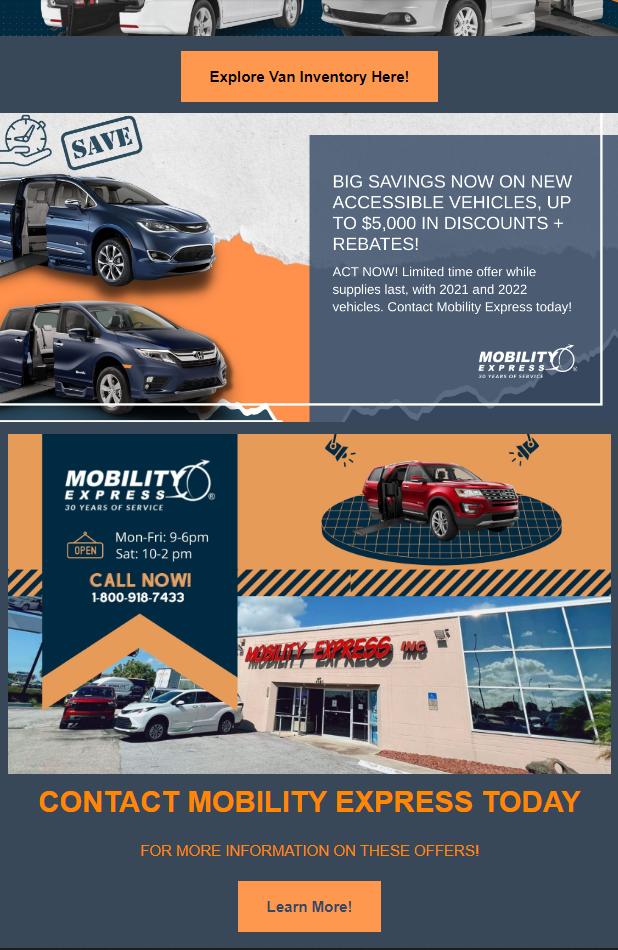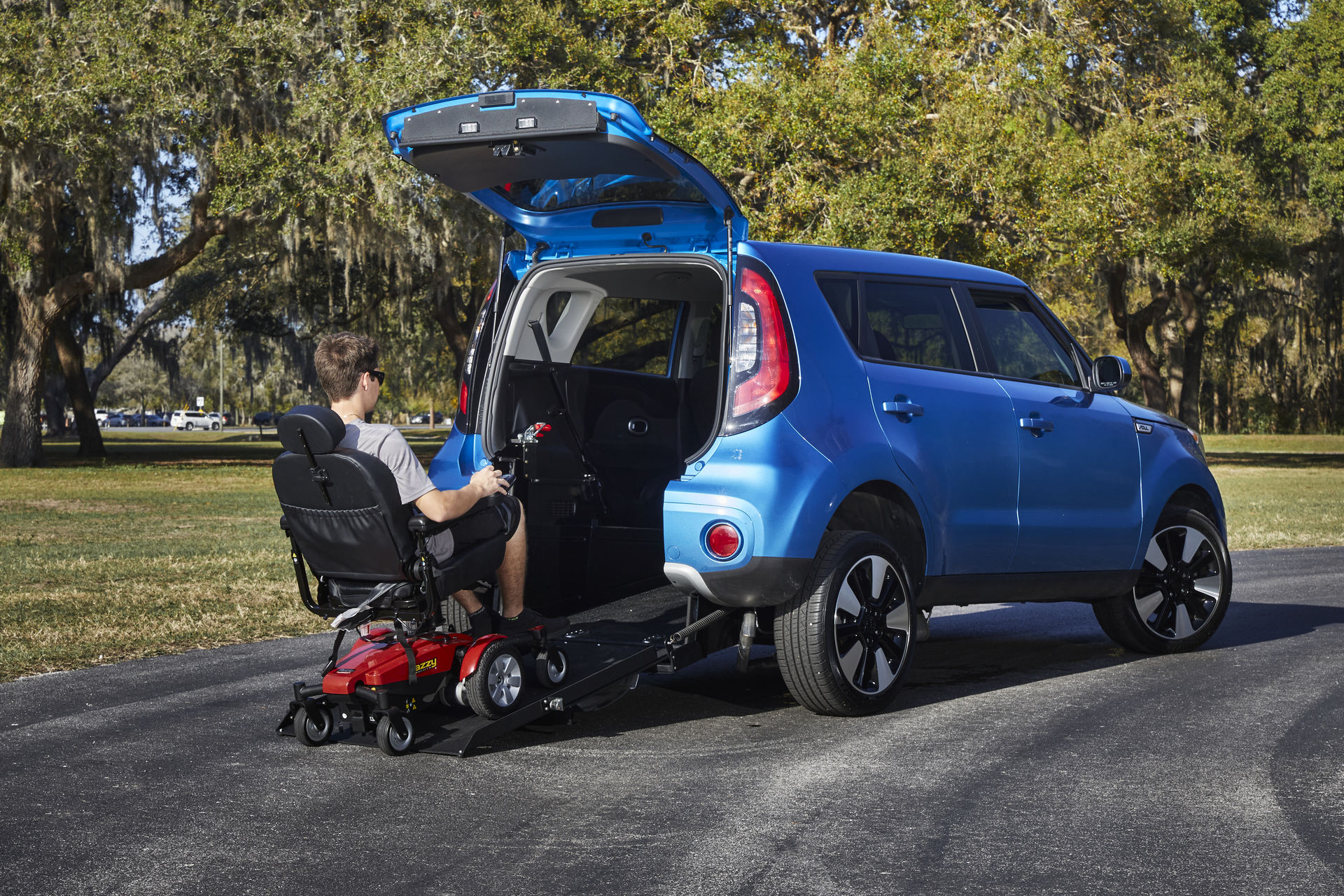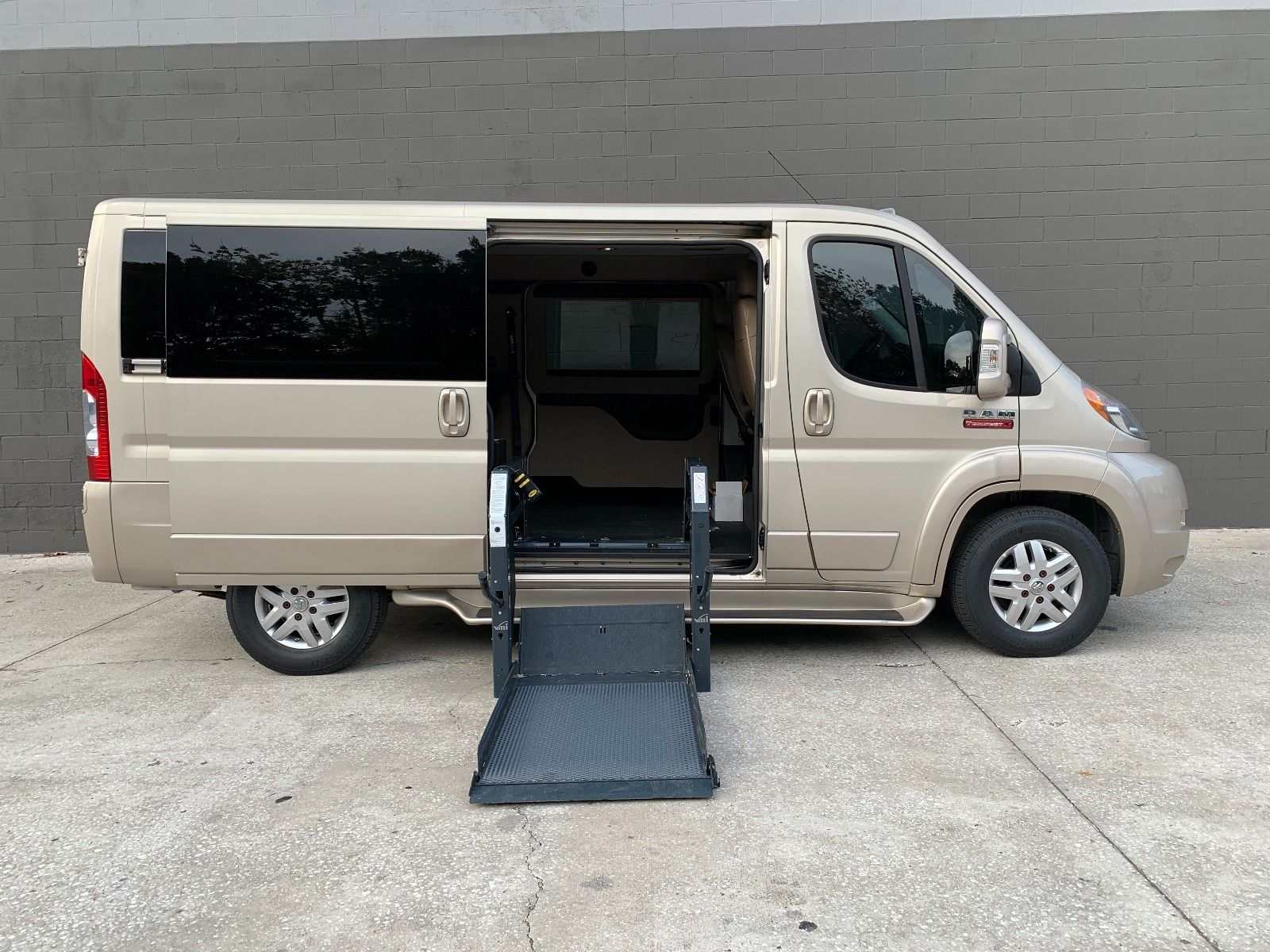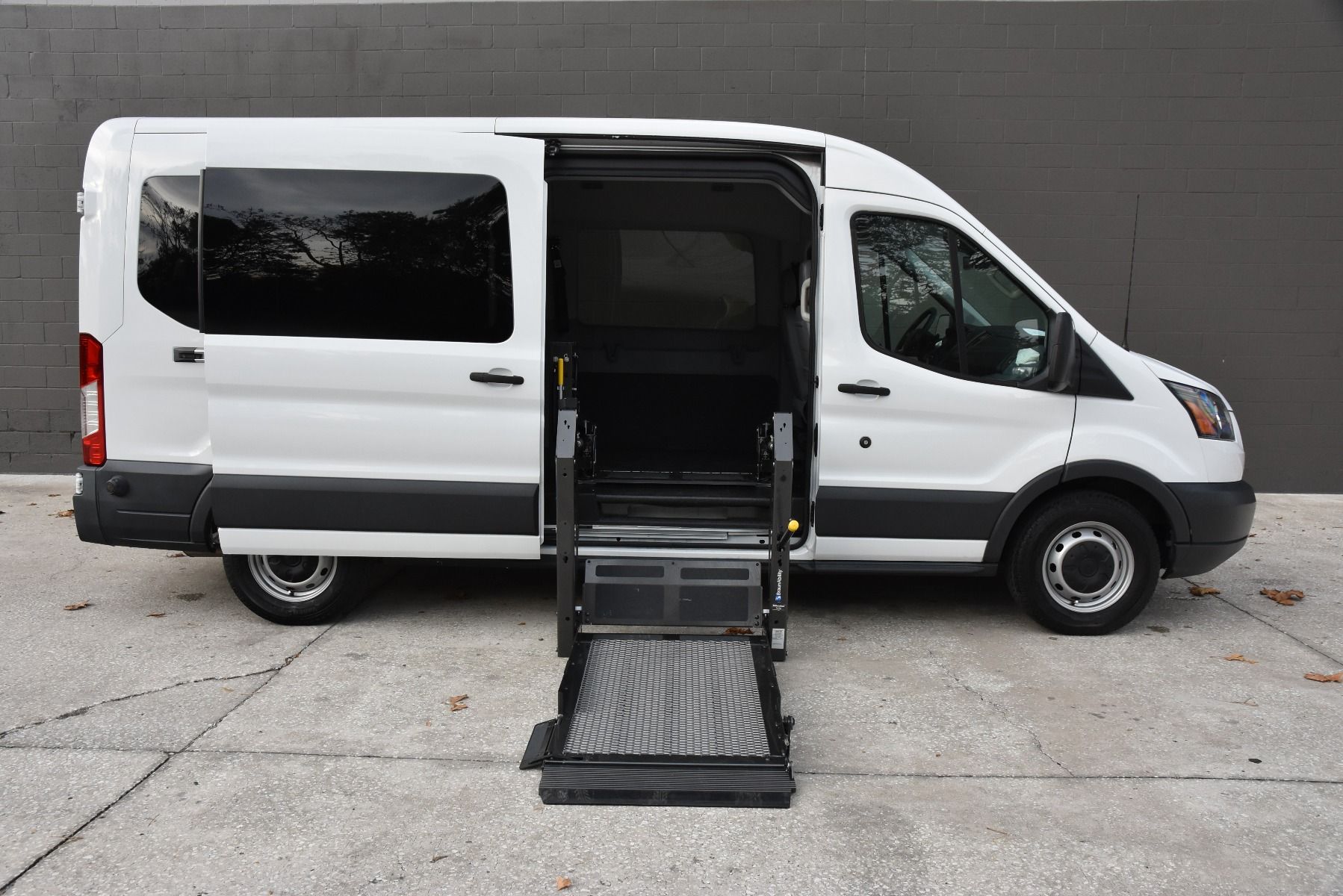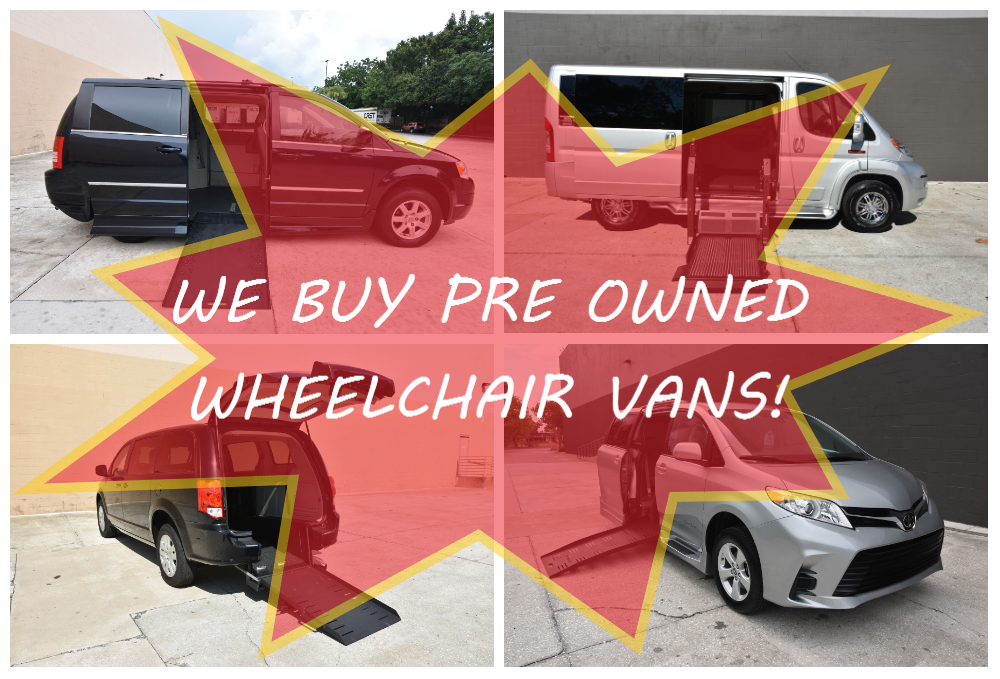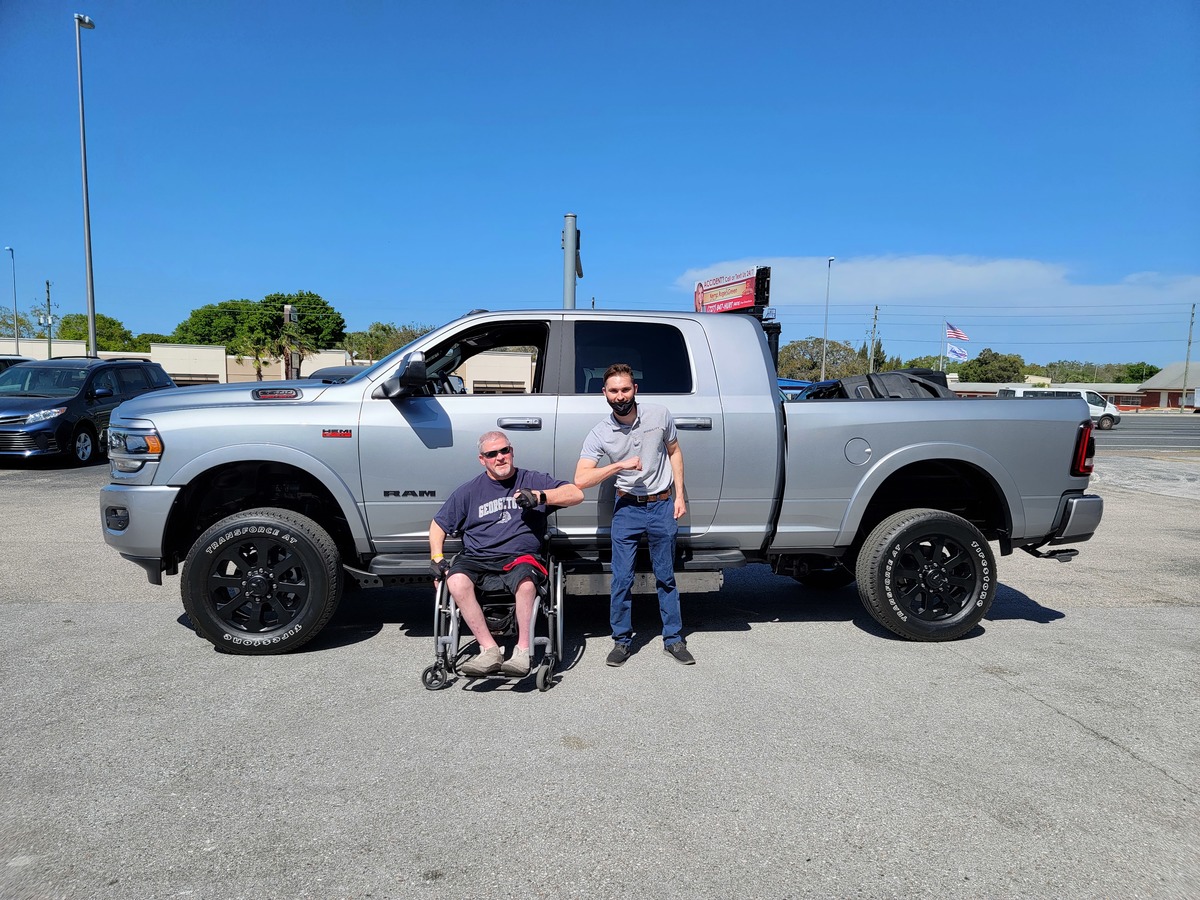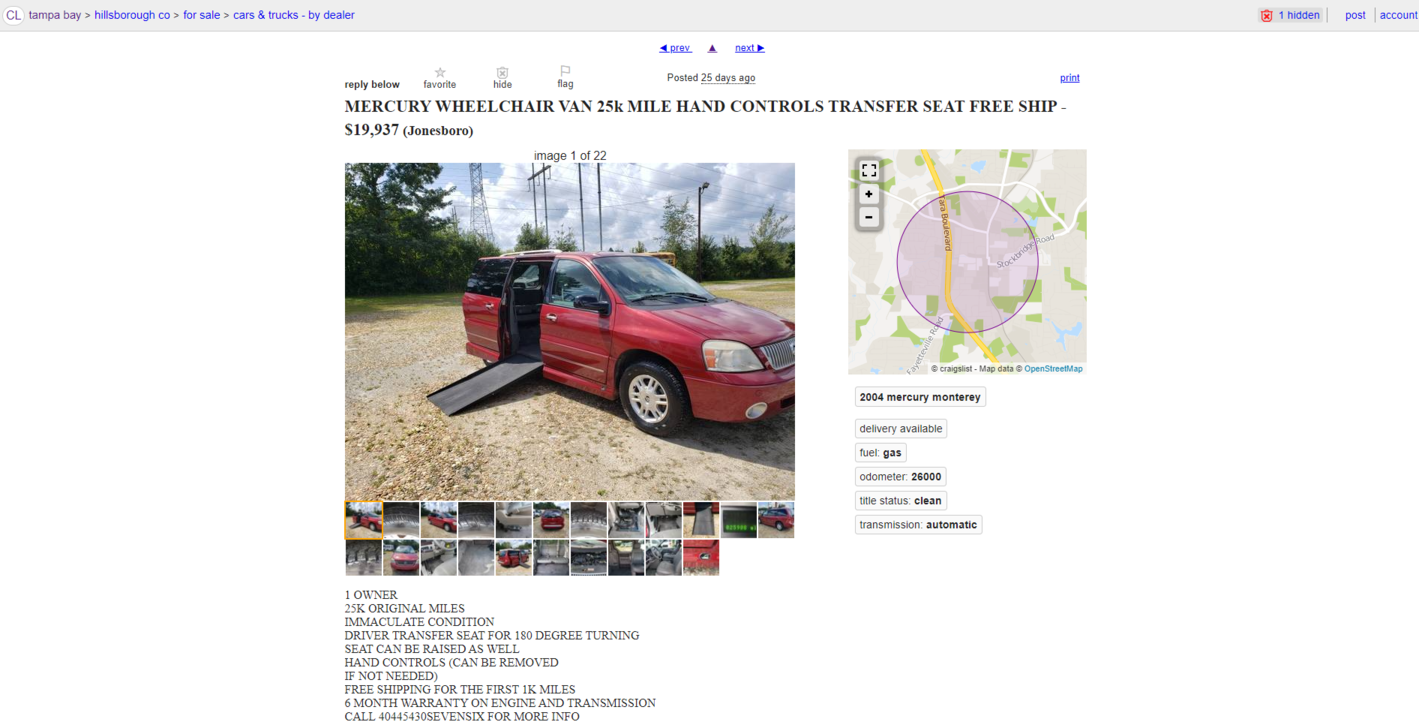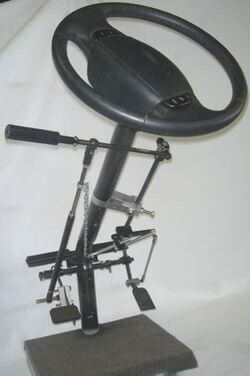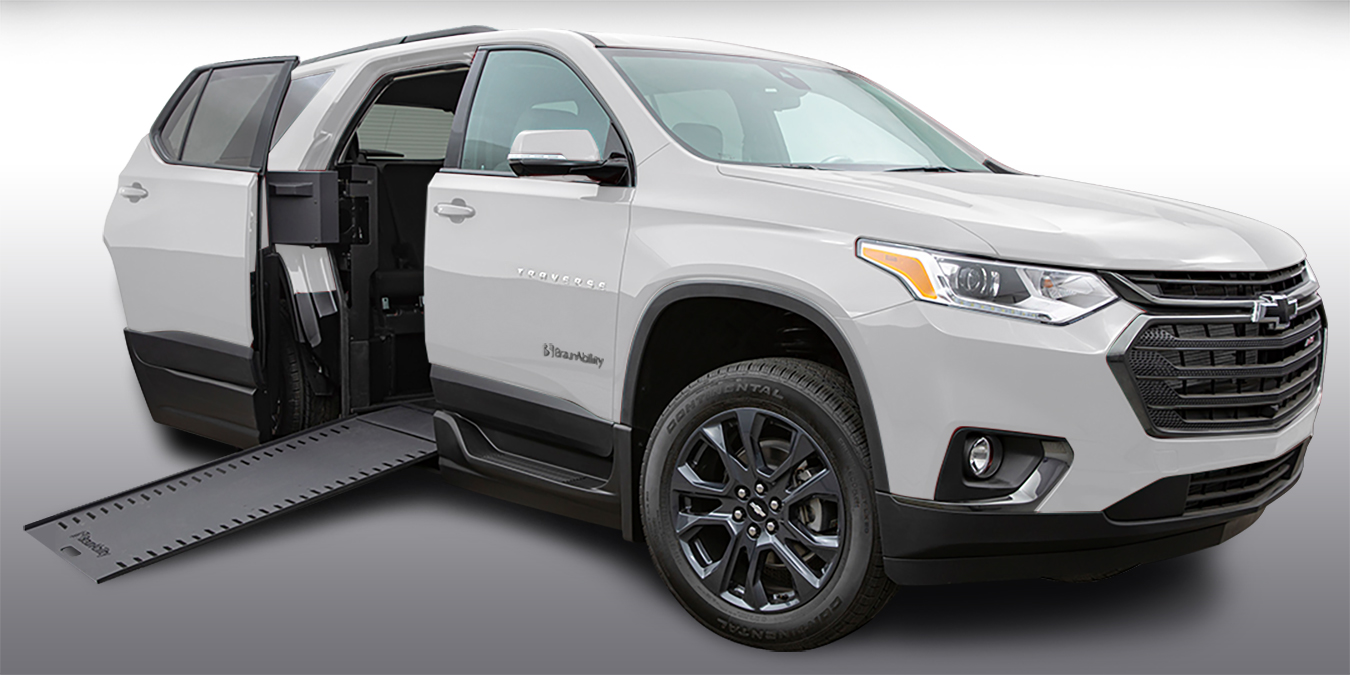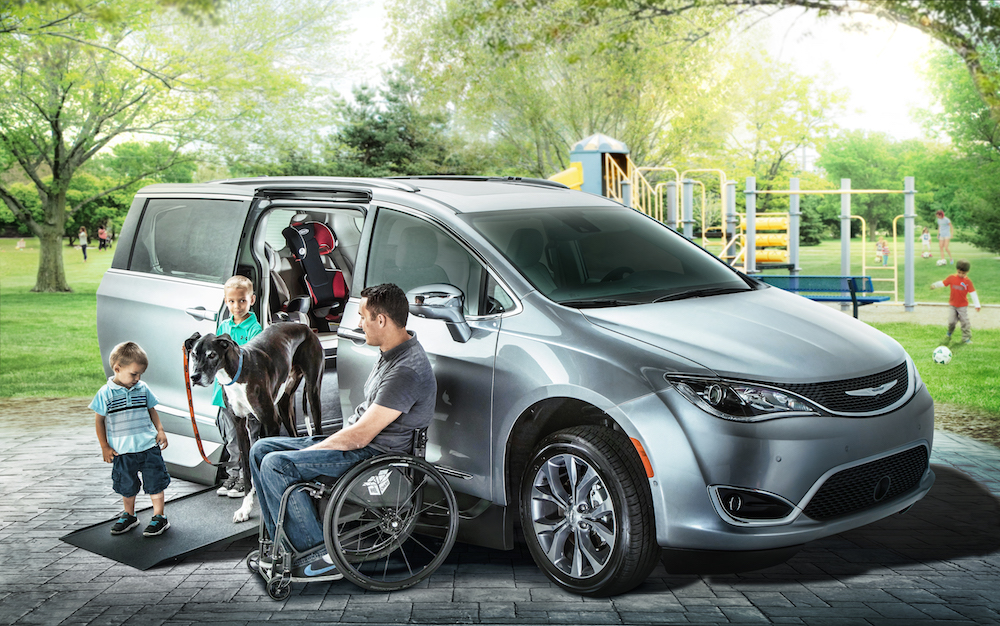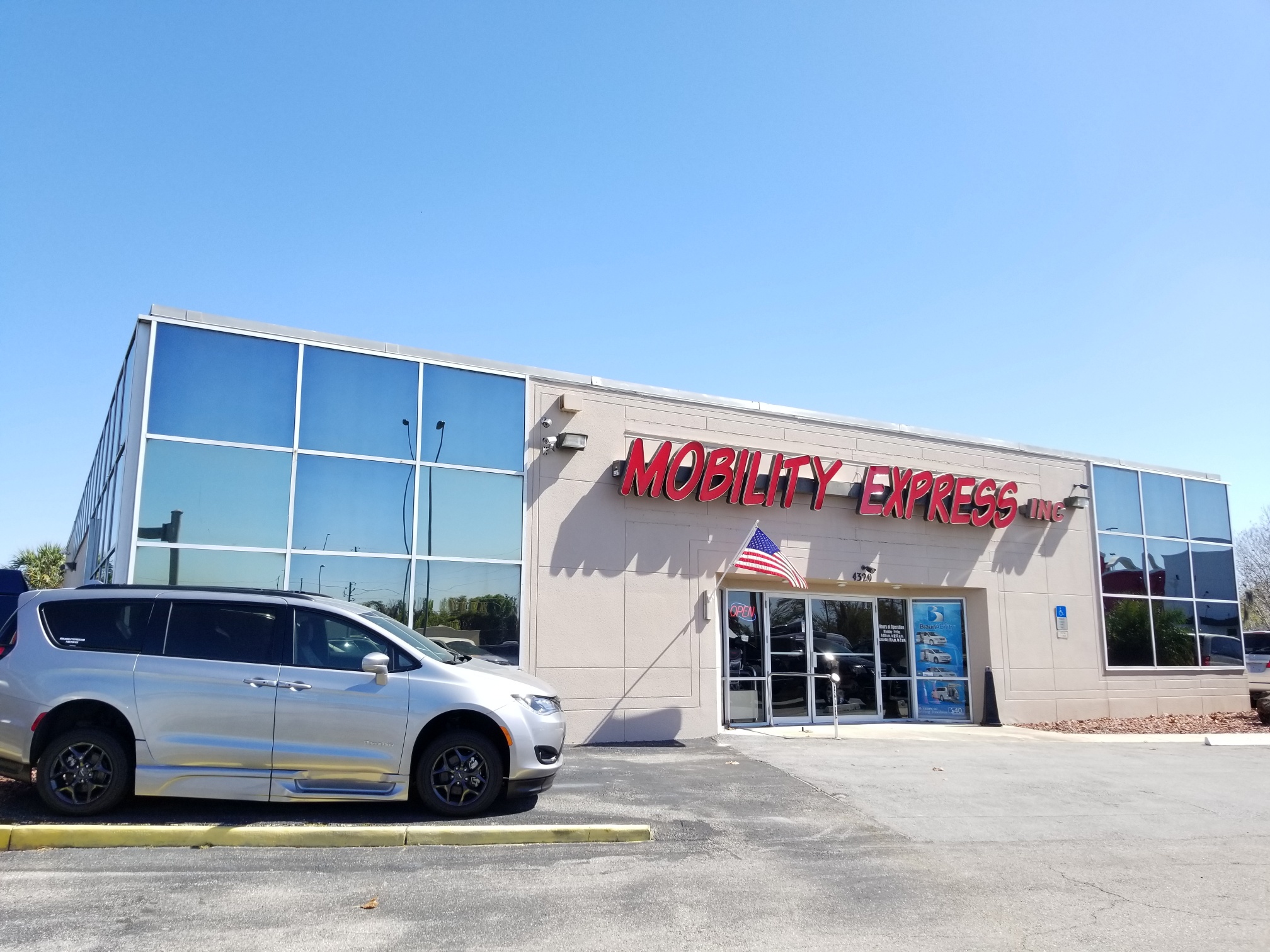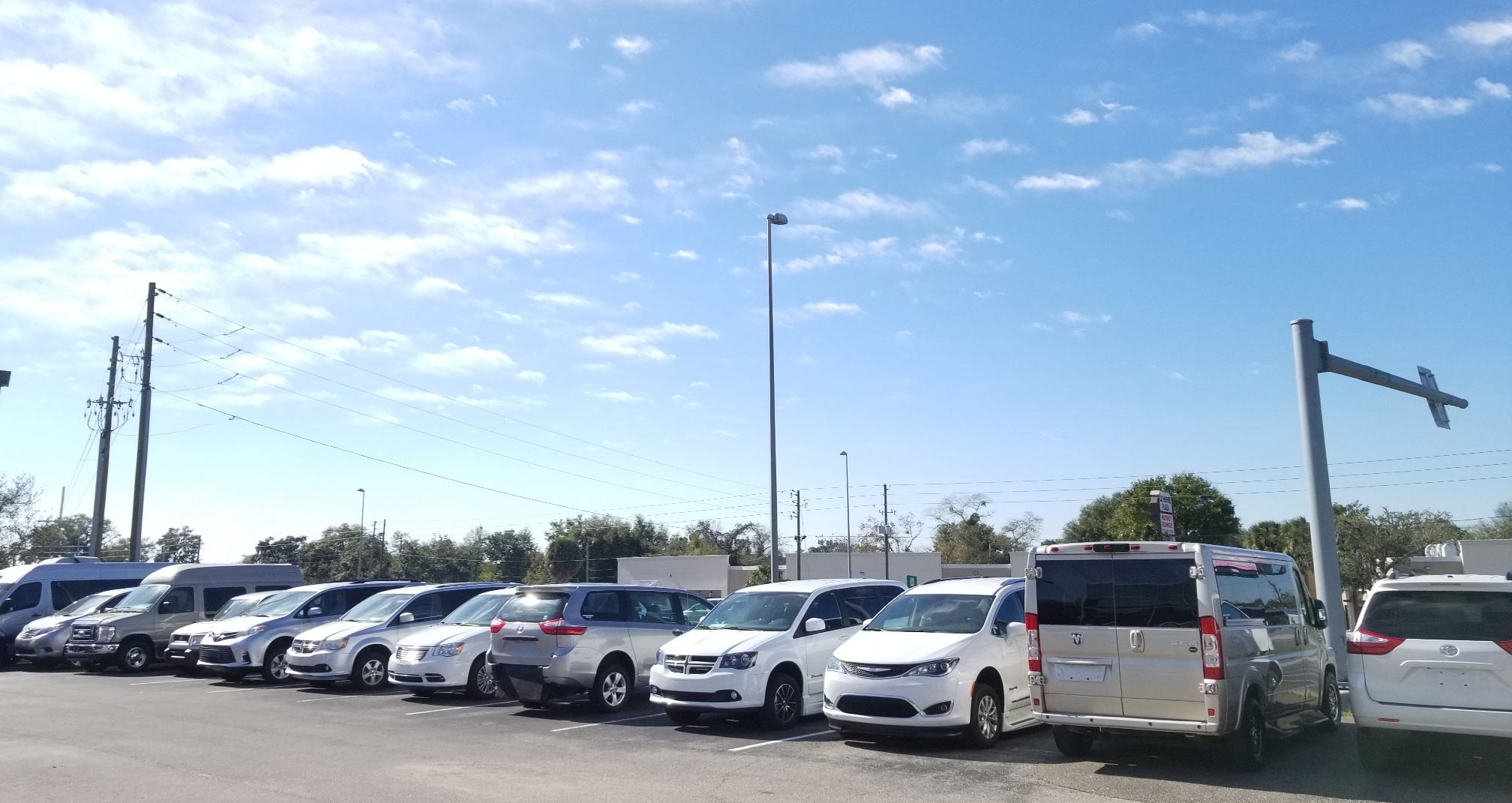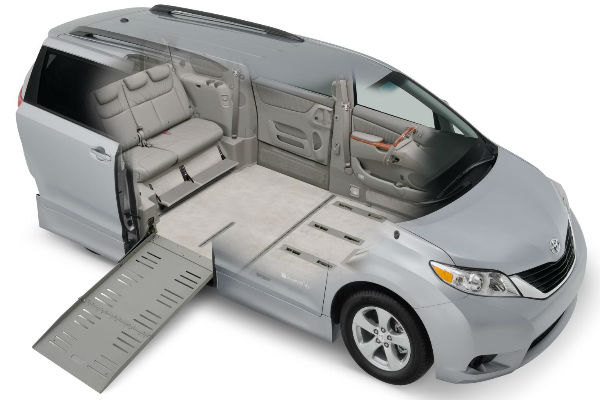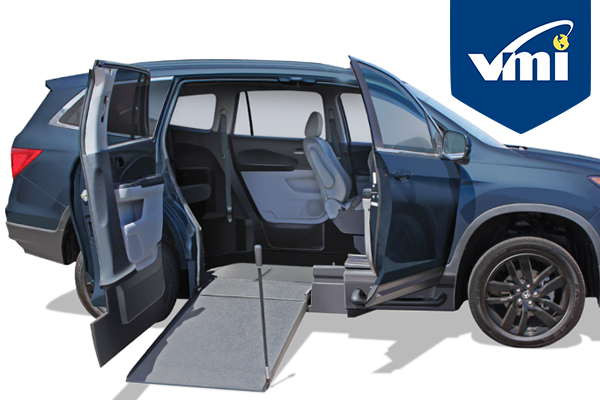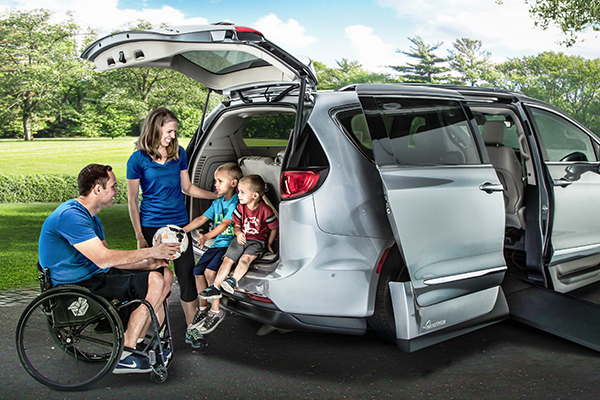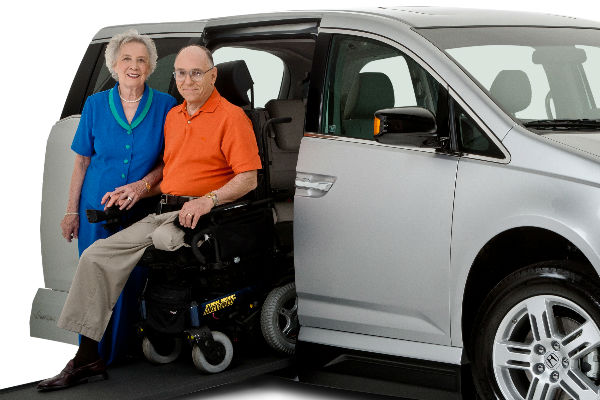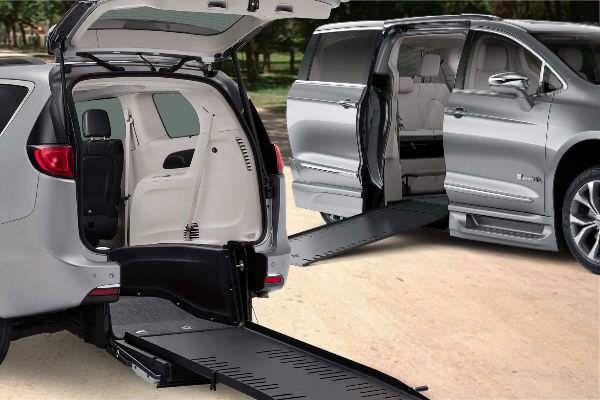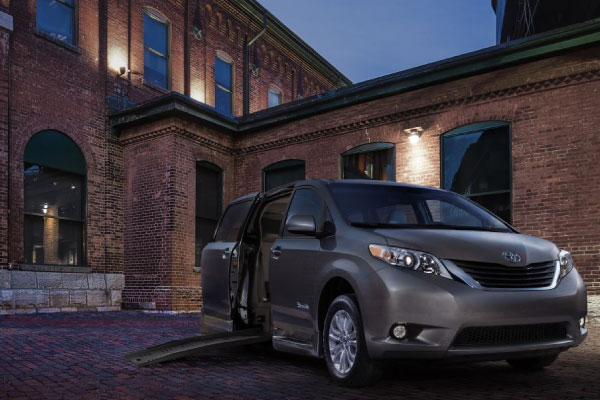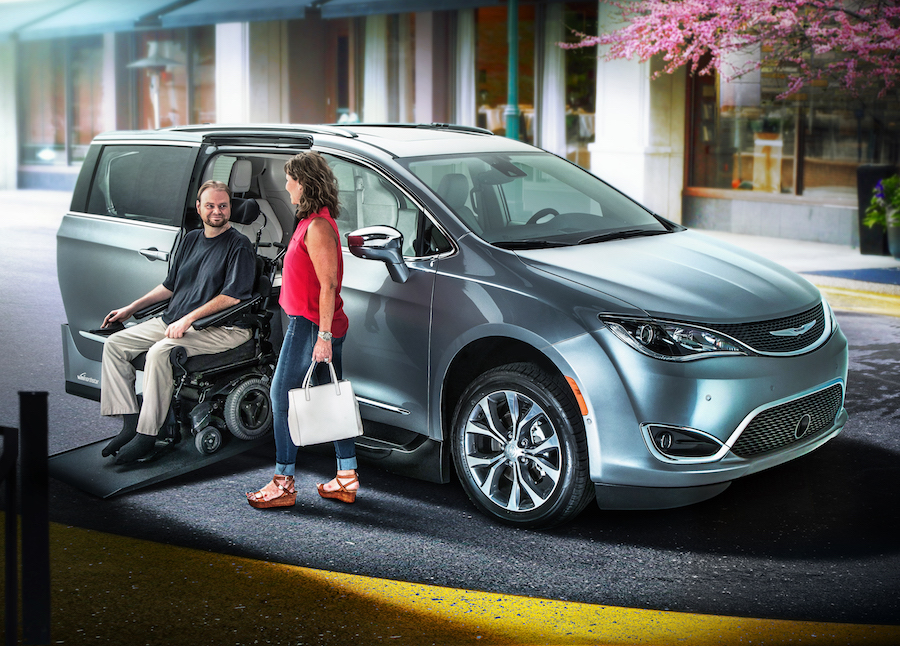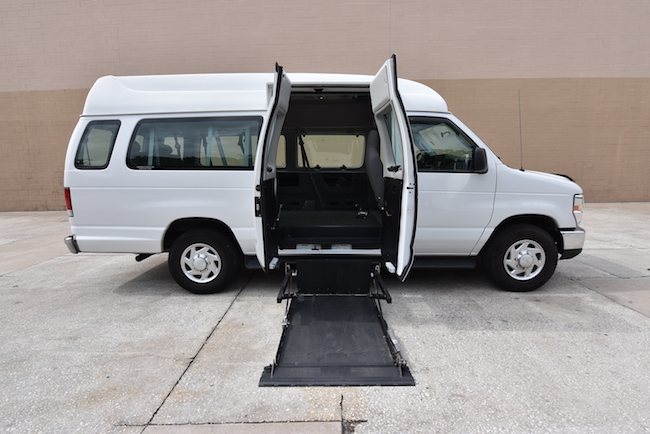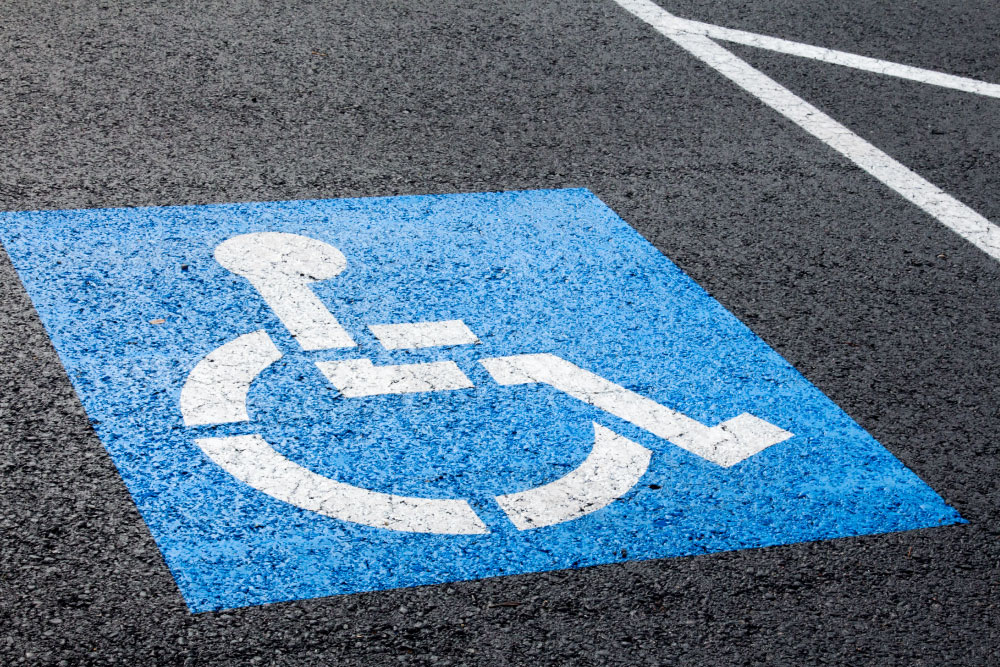Disability Travel Tips
With a little advance preparation, traveling with mobility impairment doesn’t have to eliminate our visits or add additional stress to this joyful time.Service providers are often required by law to accommodate their customers with special needs. Most providers will need 24-48 hours’ notice prior to your travel. Be certain to be specific and clear when making your requests, and let them know if you will be bringing a wheelchair or other mobility equipment with you.
• Tagging your mobility equipment with proper identification such as, name, contact details, and destination addresses is necessary for commercial travel. In addition, attaching disassembly/reassembly instructions to your mobility device could prevent possible damage by those who may be transporting your equipment. A quick pre-flight photo of your chair/scooter will give you proof of its pre-flight condition as well.
• When making air travel reservations, allow plenty of time for connecting flights, or book non-stop flights when possible. Most passengers requiring a wheelchair or assistance are the first to board and the last to disembark. This can make it difficult to connect with other flights if there is not sufficient time.
• Allow plenty of time for check-in at the airport. Navigating through security can take more time during the busier travel season. Allow at least 2 hours for domestic flights and 3 hours for international flights.
• TSA (Transportation Security Administration) rules state that passengers 75 and older can leave on shoes and light jackets through security checkpoints. They are also allowed to undergo an additional pass through Advanced Imaging Technology (AIT) to clear any anomalies detected during screening
• Advance arrangements are necessary for accessible vehicle transportation at your final destination. Remember to bring all needed medications and refill information. It is also recommended to bring a doctor’s note (on letter head) stating your condition, special needs, and potential complications.
Keep these items, in addition to your phone and important phone numbers, with you in your carry-on bag. If possible, bring any replacement parts or tools you might need for your mobility equipment. Bringing a copy of your owner’s manual may come in handy as well for basic diagnostics. This planning time might also be a good time to get your equipment serviced and checked prior to your travel.
It is important to note that power mobility devices must have Sealed Lead Acid (SLA) or Gel Cell batteries for air travel. Check with your mobility dealer if you are uncertain which type your device has. There are many accessories available for your wheelchair or scooter to help accommodate your mobility. Armrest pouches and Seatback pouches might be helpful gift ideas to share with your loved ones! Let your accessibility needs be known to those with whom you will be visiting so that your stay will go smoothly. Most places are well equipped to help you with your accommodations. Remember to keep this in mind when visiting new restaurants as well.
Spending time away from home can bring challenges, but with a little thought and planning, visits far and near can also bring to our lives some of our dearest memories. Maybe this is the time to plan a new adventure.
Check out these websites for more information:
www.IndependentTraveler.com – tips and advice for Disabled travelers
www.DisabledTravelers.com – listing of accessible travel specialists around the world.
www.EmergingHorizons.com – on-line quarterly newsletter information for mobility-impaired travelers.

